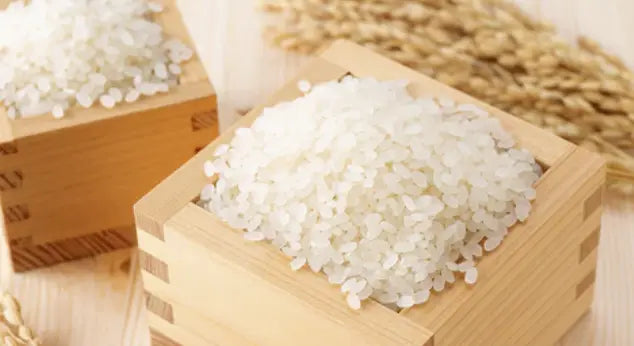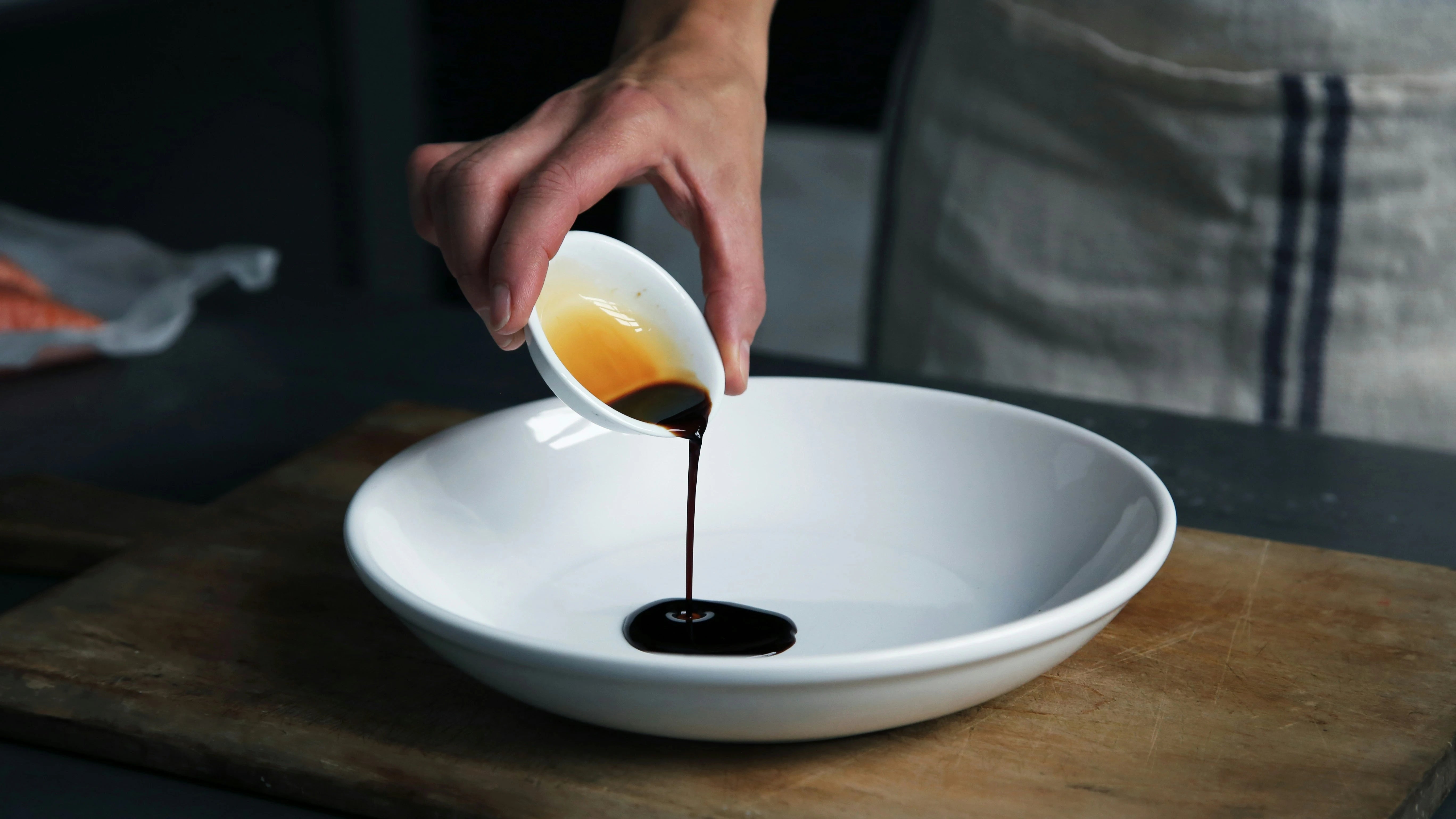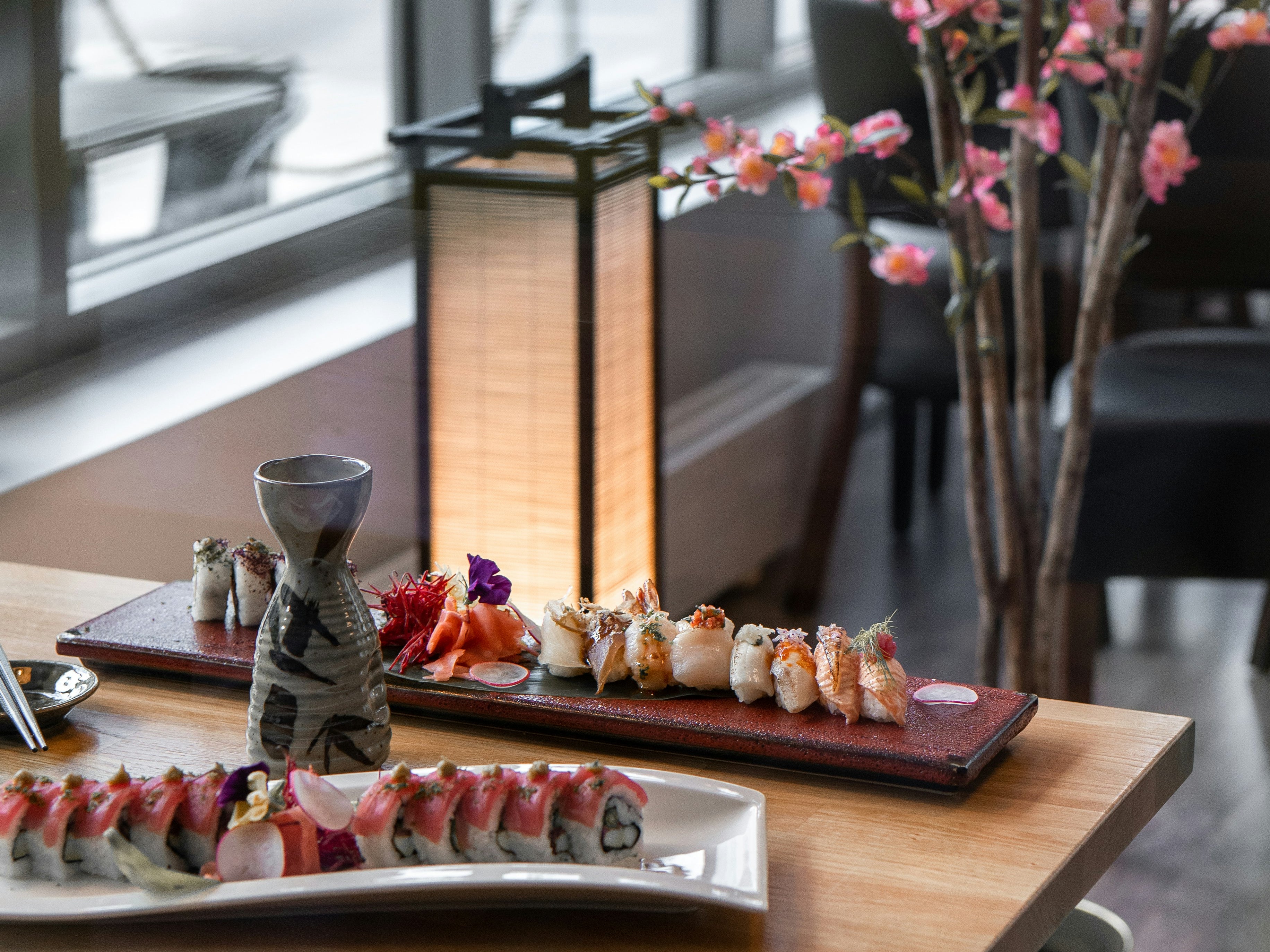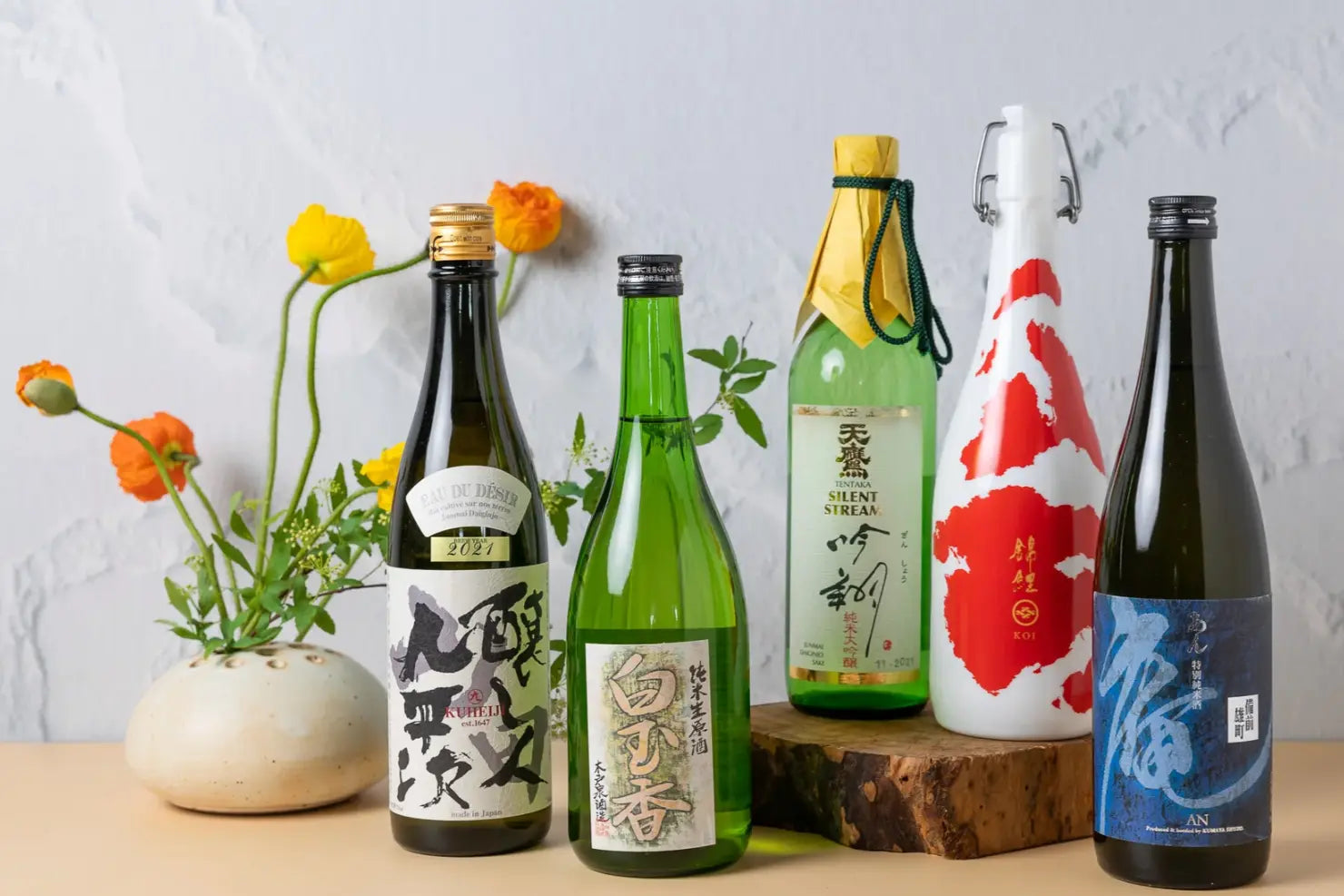Sake and Unagi Sauce: Recipe and Pairing Guide
The meaning of saké in Japanese actually refers to alcoholic beverages more generally. When we use the term in the West, saké refers to the incredibly unique spirit made from milled, or polished, rice.
What is Sake?

Photo Credit: https://www.dewazakura.co.jp/en/
Saké is its own category of alcoholic beverage – completely unique.
People often refer to saké as “rice wine.” This is a common misconception. “Wine” requires a fruit or another substance with naturally occurring sugars, which yeast converts into alcohol – like with grapes, honey, or berries. Rice does not have natural sugars – just starch, that needs to be converted into sugar for fermentation.
Saké is similar to wine in the sense of terroir – it can be quite expressive of its environmental surroundings, and the best examples are very distinct.
Japanese saké breweries will carefully source – and closely guard – their water sources, as the specific water composition of one spring will produce a completely different saké than another.
The same goes for rice – only certain types, like Yamada Nishiki, are ideal for saké, and many regions have rice strains that only exist locally, and make a saké like nowhere else.
Saké technically isn’t beer either. Beer uses grains that, similarly, don’t have naturally occurring sugars. Grain starch is converted into fermentable sugar through the process of malting. While the rice starch for saké is converted, like beer, it’s done via a process unique to saké.
A specialized mold, Koji-Kin (aspergillus oryzae) converts the starch in cooked rice to sugar, and the sugar is converted to alcohol by yeast. This dual process occurs at the same time, and is called multiple parallel fermentation.
Types of Sake

Photo Credit: https://japanesetaste.com/
The primary quality levels of saké are determined by the first stage in the brewing process – the milling, or polishing, of the rice grains.
Rice has an outer husk composed of proteins and lipids that need to be removed to expose the starchy, inner “heart” of the rice rain (and to avoid “off” flavors in the alcohol).
The husk is polished away, and the amount of remaining grain determines the quality level of the resulting saké, along with whether any finishing alcohol is added to the final product :
Junmai
70% of grain remaining – and no added distilled alcohol
N.B. – can be higher than 70% left only if also labeled “Seimaibuai,” (“milled”) and only water, rice, and Koji were used in production
Honjozo
70% of grain remaining – and a small amount of distillate added
Ginjo
60% of grain remaining
N.B. – is also “Honjozo” in style (no distillate added) if just labeled “Ginjo.” Otherwise, it will be labeled “Junmai Ginjo,” with added distillate.
Daiginjo
50% of grain remaining – the highest quality level, with the highest percentage of grain milled away
N.B. – is also “Honjozo” in style (no distillate added) if just labeled “Daiginjo.” Otherwise, it will be labeled “Junmai Daiginjo,” with added distillate.
How to Drink and Serve Sake

Though common to serve saké warm, this should not be done with high quality, premium saké, as it will denature the beverage’s delicate profile.
Saké is often served warm as the temperature hides flaws and off flavors in less quality saké. Good, premium saké should be served slightly chilled or room temperature.
Unlike wine, saké usually does not improve with age, so cellaring shouldn't be much of a consideration – enjoy it young!
Unagi Sauce

Saké naturally pairs well with Japanese cuisine, both alongside it and as an ingredient within Japanese dishes (though you wouldn’t use a premium saké to cook with!).
A classic, simple pairing is saké with a dish including unagi sauce, also known as eel sauce – there’s no actual eel in it though, to be clear.
What is Unagi Sauce / Eel Sauce (Unagi No Tare)?
Some traditions tell that eel sauce was actually from a base of eel bones and other shellfish originally, reduced along with other ingredients.
Today, the eel bones are not present, but it is often used on Japanese grilled eel or on eel sushi rolls.
It’s savory, salty, sweet, and very simple to make, and actually includes some saké in its ingredients:
Recipe for Eel Sauce
1. Make a dashi base (Japanese soup stock)* using:
- Water
- Kombu (dried Japanese kelp)
- Katsuobushi (smoked and dried katsuo – skipjack tuna)
Bring water and kombu to a gentle simmer over medium heat. Remove from heat. Add Katsuobushi and steep for 5-10 minutes. Strain stock. Serve / use in other dishes.
2. Create the Eel Sauce, with:
- Dashi*
- Mirin
- Saké**
- Granulated Sugar
- Light Soy Sauce
Combine all ingredients in a saucepan over medium heat and bring to a simmer. Lower heat slightly and allow to gently simmer until sauce thickens and is reduced by about half. Remove from heat. Allow to cool and serve on a variety of dishes.
*Dashi is optional if you want to save a step, but really gives a nice added depth to the sauce that’s closer to the best versions
**Use a lower grade saké for this ingredient – save your premium bottles for sipping!
How to Pair Sake and Unagi Sauce

Sake Pairing with Eel Sauce – Why Does it Work?
Saké and unagi sauce are a dynamic pair since the sauce is multifaceted – salty, sweet, umami, and nicely acidic – which highlights the unique nature of your choice of saké in a balanced way.
The sweetness and savory umami of the sauce can make saké seem more dry, bitter, and acidic, and less sweet and fruity; however, the saltiness and acidic tang of the sauce counteracts this, making it seem less dry and bitter, and more fruity, full, and sweet. You get a balanced match that brings out the best in both the saké and the sauce.
Example dishes to try:
- Sushi
- Grilled Vegetables
- Base for meat marinade (Chicken, steak)
- Drizzle for grilled eel or other grilled fish
Try the Best Saké Club Today


